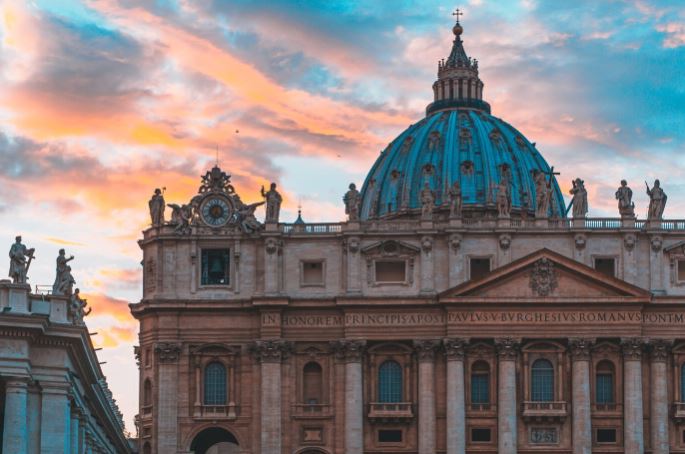New Jersey Supreme Court Says State Can Empanel Grand Jury to Investigate Clergy Abuse, by Daniel Payne
June 18, 2025Sen. Kennedy: Your Tax Dollars Help PBS, NPR Lie to You About Laptop, Covid, Racism, by Craig Bannister
June 18, 2025
By Chris Jackson, Blog, Hiraeth In Exile, June 17, 2025
On June 16, 2025, the Vatican announced that St. Peter’s Basilica, the largest and most iconic church in Christendom, is being transformed into a “zero-impact” building. The project is being launched under the auspices of Cardinal Mauro Gambetti, who oversees the Fabric of St. Peter, and will involve a flurry of environmental engineers, consultants, and Vatican bureaucrats. Its stated goal: to align the tomb of the Apostle with the spirit of Laudato si’, timed to mark the ten-year anniversary of that encyclical.
The Basilica where countless pilgrims have knelt in awe, where the bones of Peter lie enshrined beneath the high altar, is now to be remade into a symbol of “sustainability.” That word appeared no fewer than twelve times in the announcement, alongside “environment,” “ecological transition,” “photovoltaic,” and “energy efficiency.” The words “salvation,” “truth,” or “Christ the King” were nowhere to be found.
Cardinal Gambetti assures us that this initiative will serve as “a sign to the whole world” of the Church’s care for creation. But what kind of sign is it? When the central concern of the Roman Pontiff’s basilica is no longer the worship of God but the reduction of emissions, we are no longer dealing with mere prudence, we are witnessing a paradigm shift.
The Church has always taught stewardship of nature. But this is not stewardship; it is self-congratulating compliance with a globalist morality that speaks endlessly of carbon credits and never once of sin. The new “green” Basilica will be outfitted with solar panels, LED lighting, and integrated data systems to track energy usage. One imagines St. Peter, crucified upside-down under Nero, will be pleased that his final resting place is finally achieving compliance with EU energy directives.







